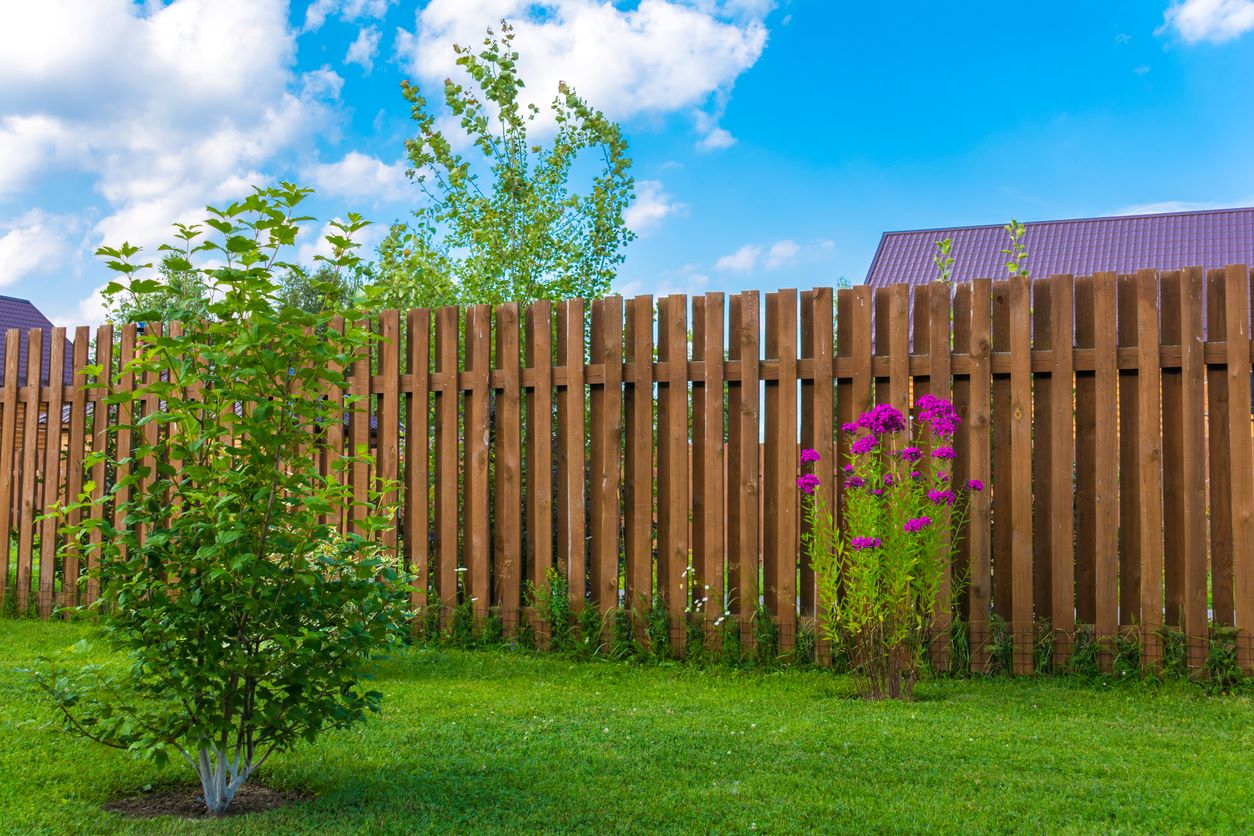

Articles
How Much Does It Cost To Fence In Your Yard
Modified: January 19, 2024
Discover the average cost of fencing for your yard in this informative article. Get insights, tips, and expert advice to help you make an informed decision.
(Many of the links in this article redirect to a specific reviewed product. Your purchase of these products through affiliate links helps to generate commission for Storables.com, at no extra cost. Learn more)
Introduction
When it comes to enhancing the privacy, security, and aesthetics of your property, installing a fence around your yard is an excellent option. A fence not only defines the boundaries of your space but also adds a touch of style and functionality to your outdoor area. However, before embarking on a fencing project, it’s imperative to understand the factors that influence the cost of installation.
The cost of fencing can vary significantly based on various factors, including the type of material used, the size of the yard, and the complexity of the design. Understanding these factors will help you make informed decisions regarding your fencing project and ensure that you stay within your budget.
In this article, we will delve into the various factors that affect the cost of fencing, explore different materials and their respective costs, discuss labor expenses, and shed light on additional considerations that can impact the overall cost. So, let’s dive in and explore the world of fencing costs!
Key Takeaways:
- Understanding the factors influencing fencing costs, such as material, yard size, and design complexity, is crucial for accurate budgeting and avoiding surprises during the installation process.
- Carefully considering the pros and cons of DIY installation versus hiring a professional, along with factoring in additional costs like permits and site preparation, is essential for a successful and cost-effective fencing project.
Read more: How Much Does A Brick Fence Cost
Factors Affecting the Cost of Fencing
Several key factors contribute to the overall cost of fencing installation. Understanding these factors will help you estimate the budget required for your project. Here are the main factors that affect the cost of fencing:
- Material: The type of material you choose for your fence has a significant impact on the cost. Common fencing materials include wood, vinyl, aluminum, chain link, and wrought iron. Each material has its own unique characteristics, durability, and aesthetic appeal, which can affect the overall cost.
- Size of the Yard: The size of your yard plays a crucial role in determining the cost of fencing. Obviously, the larger the area to be fenced, the more material and labor will be required, resulting in a higher cost. When calculating the size, don’t forget to include gates or any additional structures that need fencing.
- Design and Complexity: Intricate fence designs with decorative elements or unusual shapes can significantly increase the cost. The more complex the design, the more time and effort it will take to install. Additionally, installation on uneven or sloping terrain can also add to the complexity and cost.
- Accessibility: The ease of access to the installation site can impact the cost. If the location is difficult to reach or requires special equipment or additional labor, it can drive up the overall expenses.
- Permits and Regulations: Be sure to check if your local jurisdiction requires permits for fence installation. Permit costs can vary and should be factored into your budget. Additionally, some areas have specific regulations regarding fence height, style, and setback requirements, which may affect your design choices and cost.
- Additional Features: Incorporating additional features like gates, decorative post caps, lattice panels, or security enhancements may increase the overall cost of the project. These add-ons bring additional functionality and aesthetics but can impact your budget.
Considering these factors in advance will help you estimate the cost of your fencing project more accurately and avoid any surprises along the way. Now that we understand the factors that influence the cost, let’s explore the different types of fencing materials and their respective costs.
Types of Fencing Materials
When it comes to choosing the right material for your fence, you have several options to consider. Each material has its own unique characteristics, benefits, and cost considerations. Here are the most common types of fencing materials:
- Wood: Wood fences are a classic choice and offer a natural, rustic look. They can be made from various types of wood, such as cedar, pine, or redwood. Wood fences are versatile, customizable, and relatively affordable. However, they require regular maintenance, including staining or painting, to protect them from the elements.
- Vinyl: Vinyl fences have gained popularity due to their durability and low maintenance. They are resistant to rot, pests, and fading, making them a long-lasting option. Vinyl fences are available in various styles and colors, providing a wide range of design options. While they may have a higher upfront cost compared to wood, their minimal maintenance requirements make them cost-effective in the long run.
- Aluminum: Aluminum fences offer a sleek and modern appearance. They are lightweight, durable, and do not require much maintenance. Aluminum fences are resistant to rust and can withstand severe weather conditions. While they may not provide as much privacy as other materials, they are an excellent option for decorative or ornamental purposes.
- Chain Link: Chain link fences are a budget-friendly option commonly used for security and boundary purposes. They are made of interwoven steel wires and are known for their durability and low maintenance. Chain link fences may not offer much privacy, but they are practical and can be customized with various colors and coatings for enhanced aesthetics.
- Wrought Iron: Wrought iron fences are renowned for their elegance and durability. They add a touch of sophistication to any property. Wrought iron fences are custom-designed and can be highly ornamental, but they require regular maintenance to prevent rust and keep them in pristine condition. Due to their high-end appearance, wrought iron fences tend to have a higher upfront cost.
It’s important to carefully consider your needs, budget, and desired aesthetic before choosing a fencing material. Each material has its own pros and cons, so take the time to research and consult with professionals to make an informed decision. Now that we’ve explored the different types of fencing materials, let’s delve into their respective costs.
Cost of Different Types of Fences
The cost of fencing can vary greatly depending on the type of material you choose. Here’s a breakdown of the average costs for different types of fences:
- Wood Fences: The cost of wood fences can range from $10 to $30 per linear foot. The total cost will depend on factors such as the type of wood, fence height, and design complexity. Keep in mind that wood fences require regular maintenance, which adds to the overall cost.
- Vinyl Fences: Vinyl fences typically cost between $20 and $40 per linear foot. While the upfront cost is higher compared to wood, vinyl fences require minimal maintenance, resulting in long-term savings in terms of time and labor.
- Aluminum Fences: Aluminum fences can cost between $25 and $40 per linear foot. The total cost will depend on factors such as the fence height, design intricacy, and any additional features. Aluminum fences are durable and low maintenance, making them a popular choice.
- Chain Link Fences: Chain link fences are the most affordable option, with prices ranging from $5 to $20 per linear foot. The cost will depend on factors such as the height of the fence, gauge of the wire, and any additional coatings or privacy enhancements.
- Wrought Iron Fences: Wrought iron fences are the most expensive option, with costs ranging from $30 to $100 per linear foot. The high-end appearance, durability, and custom design options contribute to the higher price. Additionally, maintenance costs should also be considered.
It’s important to note that these cost ranges are estimates and can vary based on factors such as location, market conditions, and the specific requirements of your project. To get an accurate cost estimate, it’s recommended to request quotes from local fence contractors, considering the specific details of your project.
Remember, the cost is not the only factor to consider when choosing a fencing material. Other factors, such as durability, maintenance requirements, and aesthetic appeal, should also play a role in your decision-making process. Now that we have covered the costs of different types of fences, let’s move on to discuss the labor expenses involved in fence installation.
Consider the size of your yard, the type of material you want to use for the fence, and any additional features such as gates or decorative elements. Get quotes from multiple contractors to compare costs.
Cost of Labor
The cost of labor is a significant factor to consider when budgeting for a fencing project. While it’s possible to install a fence yourself, many homeowners prefer to hire professionals for a more efficient and precise installation. The cost of labor will depend on various factors, including the complexity of the project, the type of material being used, and the local market conditions.
On average, the cost of labor for fence installation ranges from $30 to $80 per hour, depending on the expertise and experience of the contractor. However, some contractors may charge a flat fee for the entire project instead of an hourly rate. It’s important to get multiple quotes from different contractors to ensure you’re getting a fair price for the labor required.
The labor cost can be influenced by the following factors:
- Type of Material: Certain materials, such as wrought iron or intricate wood designs, require more expertise and time to install, resulting in higher labor costs.
- Fence Height and Length: Installing taller fences or longer stretches of fencing will require more time and effort, impacting the labor cost.
- Design Complexity: If your fence includes intricate designs, customized features, or special arrangements, it may require additional time and skilled labor, which can increase the cost.
- Site Conditions: Factors like the terrain, accessibility, and existing structures can affect the difficulty of the installation process, and subsequently impact the labor cost.
- Local Market: Labor costs can vary regionally due to differences in demand, competition, and the cost of living. It’s important to research and obtain quotes specific to your local area.
Remember to factor in the labor cost when estimating the total expenses for your fencing project. Hiring professionals can ensure a high-quality installation and save you time and effort in the long run. However, if you have the necessary skills and experience, opting for a DIY installation can help reduce labor costs.
Aside from the material and labor costs, there are additional expenses that should be considered in your fencing budget. Let’s explore these costs in the next section.
Read more: How Much Does A Concrete Fence Cost
Additional Costs to Consider
When planning your fencing project, it’s important to take into account additional costs that may arise. These expenses can vary depending on your specific project requirements and preferences. Here are some common additional costs to consider:
- Permits: Some local jurisdictions require permits for fence installation. The cost of permits can vary, so be sure to check with your local building department to determine if a permit is needed and factor in the associated fees.
- Site Preparation: If your yard requires any site preparation, such as clearing vegetation, removing obstacles, or repairing the ground, additional costs may apply. It’s essential to assess the condition of your yard before starting the installation process.
- Gates: Including gates in your fence design will incur extra costs. The cost will depend on the size, material, and complexity of the gate design. It’s crucial to consider the number and locations of gates when estimating the overall project budget.
- Hardware and Accessories: Nails, screws, hinges, locks, and other hardware and accessories are essential for a complete fence installation. These smaller items may seem insignificant, but their cost can add up. Be sure to include them when calculating your overall expenses.
- Staining, Painting, or Sealing: Some fencing materials, such as wood, may require staining, painting, or sealing for protection and aesthetic purposes. These additional treatments can involve extra costs for materials and labor if you choose to hire professionals for the task.
- Landscaping and Restoration: After the fencing installation is complete, you may need to restore any landscaping or features that were disrupted during the process. This can include reseeding grass, replanting plants, or repairing any pathways affected by the installation.
It’s important to consider these additional costs so that you have a realistic estimate of the total expenses involved in your fencing project. Be sure to budget for these potential expenses in order to avoid any surprises or financial strain along the way.
Now that we’ve explored the various factors and costs associated with fence installation, let’s take a look at the decision between doing it yourself (DIY) or hiring a professional.
DIY vs Hiring a Professional
When it comes to fence installation, you have the option of doing it yourself (DIY) or hiring a professional. Each approach has its pros and cons, and it’s important to consider your personal circumstances and skill level before making a decision.
1. DIY: Taking on a DIY fencing project can be a cost-effective option if you have the necessary skills, tools, and time. Here are some advantages and considerations:
- Cost Savings: DIY installation can save you money on labor costs, as you won’t have to pay for professional installation. However, you should consider the investment in tools and equipment if you don’t already have them.
- Flexibility and Control: Doing the installation yourself allows you to have full control over the design, materials, and timeline of the project. You can customize every aspect according to your preferences and make adjustments as needed.
- Sense of Accomplishment: Completing a DIY project can be rewarding and provide a sense of accomplishment. It allows you to take pride in your own work and learn new skills in the process.
- Considerations: DIY installation requires a certain level of skill and knowledge. You need to be comfortable with basic construction and have the necessary tools for the job. Additionally, keep in mind that the process may take longer, and mistakes or miscalculations can cause setbacks and potentially increase costs.
2. Hiring a Professional: If you don’t have the time, skills, or desire to take on a DIY project, hiring a professional is a wise choice. Here are some reasons why hiring a professional may be beneficial:
- Experience and Expertise: Professional installers have the necessary skills and experience to ensure a high-quality and efficient installation. They are familiar with local codes and regulations and can provide valuable advice on the best materials and design options.
- Time and Convenience: Hiring professionals saves you time and effort. They have the expertise and manpower to complete the project efficiently, allowing you to focus on other important tasks.
- Guaranteed Results: Professional installation comes with guarantees and warranties, giving you peace of mind. If any issues arise, the professionals can address them promptly and efficiently.
- Considerations: Hiring professionals can be more expensive due to labor costs. However, the benefits of expertise, time savings, and quality workmanship often outweigh the additional costs.
When deciding between DIY and hiring a professional, carefully evaluate your own skills, available time, and budget. If you have the necessary expertise and are willing to invest time and effort, DIY installation may be suitable. However, if you prefer a hassle-free and efficient installation with guaranteed results, hiring a professional is the way to go.
Remember, regardless of whether you choose a DIY or professional installation, always prioritize safety and ensure that you adhere to local regulations and guidelines.
By weighing the pros and cons and considering your specific circumstances, you can make an informed decision that meets your needs and ensures a successful fence installation.
With this information, you’re now equipped to make informed decisions and estimate the overall cost of your fencing project. Whether you choose wood, vinyl, aluminum, chain link, or wrought iron, and whether you decide to go with a DIY approach or hire a professional, fencing your yard will undoubtedly enhance its privacy, security, and aesthetic appeal.
Good luck with your fencing project!
Conclusion
Fencing in your yard is a valuable investment that can provide numerous benefits, including increased privacy, security, and the enhancement of your property’s overall aesthetic appeal. However, before beginning your fencing project, it’s crucial to understand the various factors that can influence the cost of installation.
We explored the key factors affecting the cost of fencing, such as the choice of materials, the size of your yard, the complexity of the design, accessibility, permits, and additional features. By considering these factors in advance, you can estimate the budget required and avoid any surprises along the way.
Furthermore, we discussed the different types of fencing materials available, such as wood, vinyl, aluminum, chain link, and wrought iron. Each material has its own unique characteristics, benefits, and cost considerations. It’s important to weigh the pros and cons of each material in order to choose the one that best suits your needs, budget, and desired aesthetic.
Additionally, we looked at the labor expenses involved in fence installation. Hiring a professional can ensure a high-quality and efficient installation but comes at an additional cost. On the other hand, a DIY approach can save money on labor costs but requires the necessary skills and time commitment.
We also discussed the additional costs to consider, including permits, site preparation, gates, hardware, staining or painting, and landscaping restoration. Being aware of these costs will help you create a comprehensive budget and avoid any unexpected financial burdens.
Finally, we explored the decision between DIY installation and hiring a professional. We highlighted the advantages of each approach and emphasized the importance of considering your own skills, time availability, and budget constraints when making this decision.
In conclusion, a well-designed and properly installed fence can transform your yard and provide numerous benefits. By understanding the cost factors, choosing the right material, considering labor expenses, and factoring in additional costs, you can make informed decisions and ensure a successful fencing project.
Whether you decide to take on the challenge of a DIY installation or hire a professional, remember to prioritize safety and compliance with local regulations. With careful planning and consideration, you will be able to create a beautiful and functional fence that meets your needs and enhances your outdoor space for years to come.
Frequently Asked Questions about How Much Does It Cost To Fence In Your Yard
Was this page helpful?
At Storables.com, we guarantee accurate and reliable information. Our content, validated by Expert Board Contributors, is crafted following stringent Editorial Policies. We're committed to providing you with well-researched, expert-backed insights for all your informational needs.

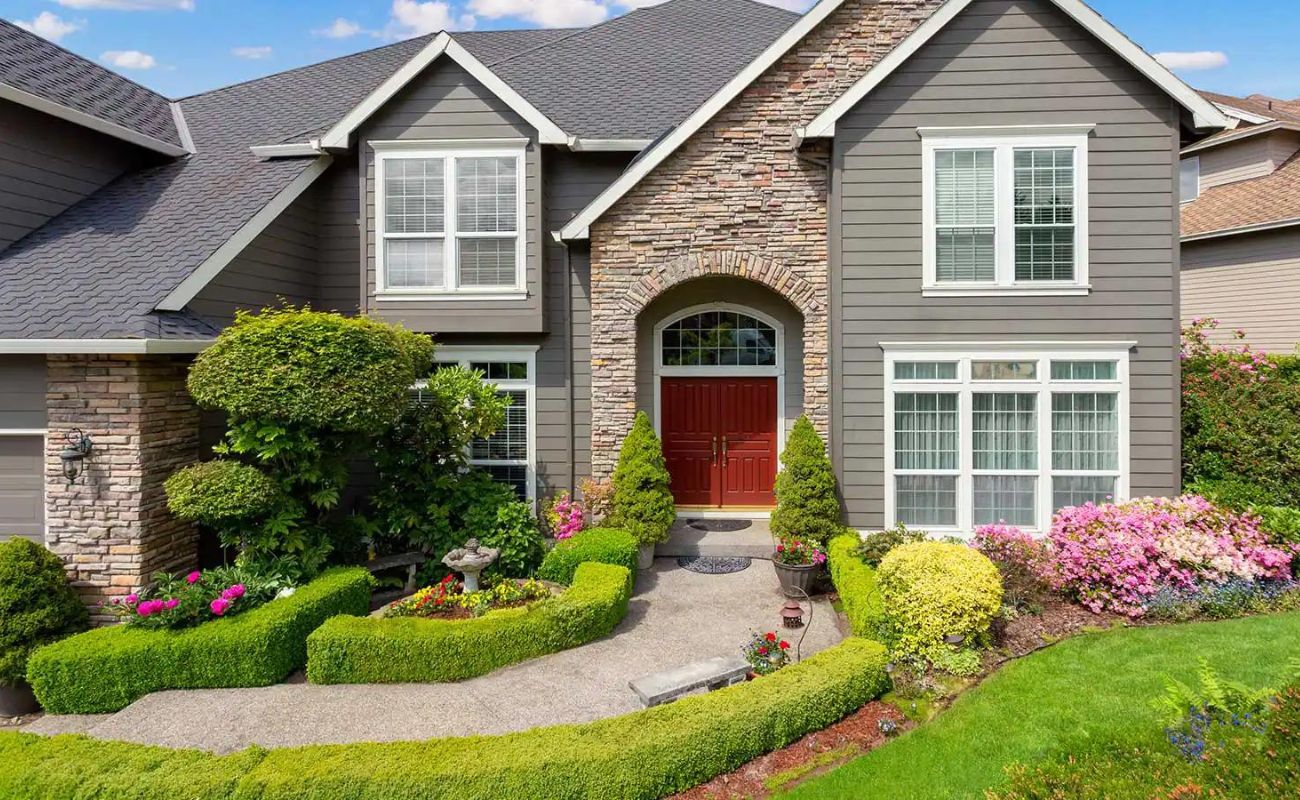
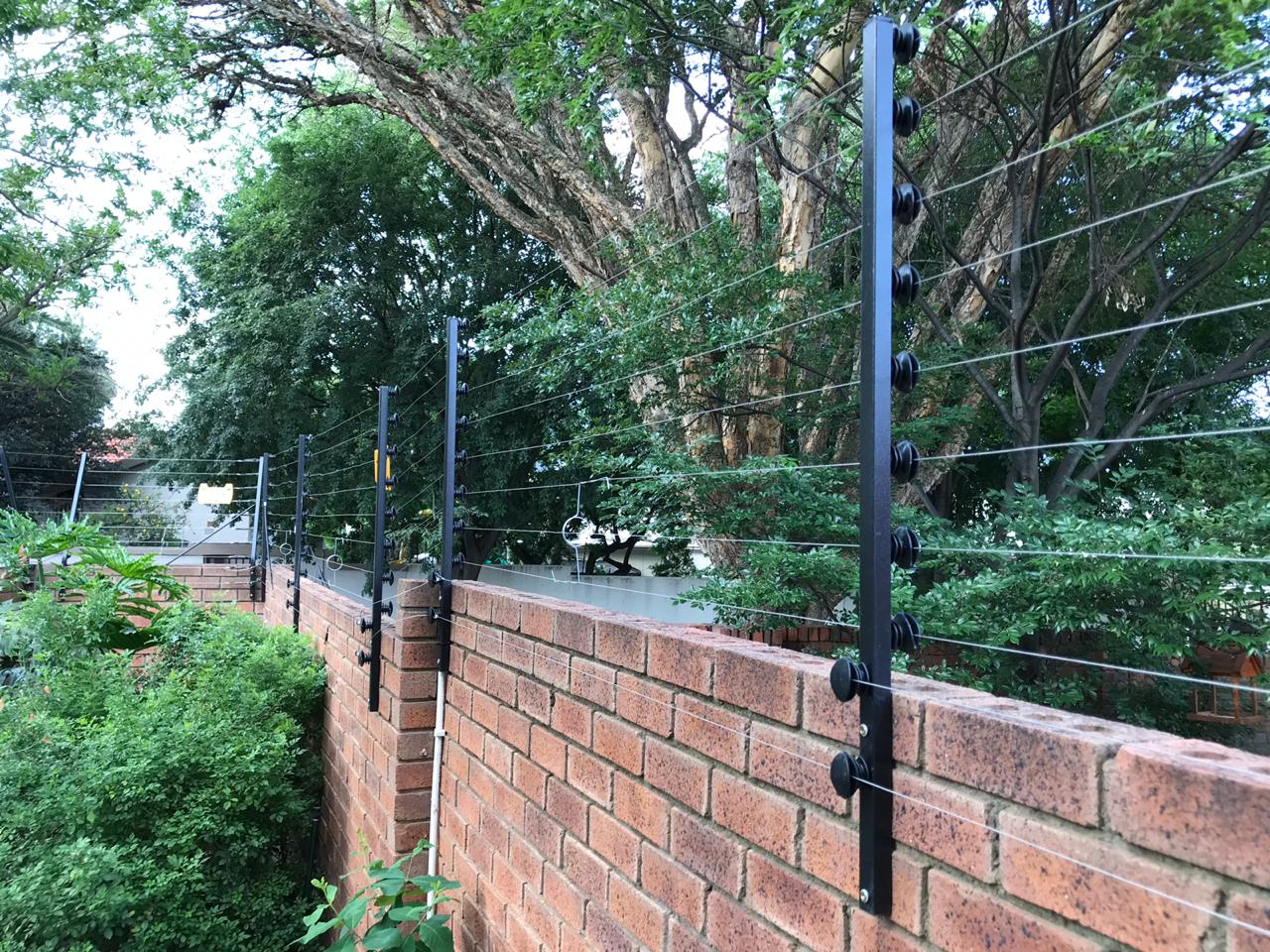
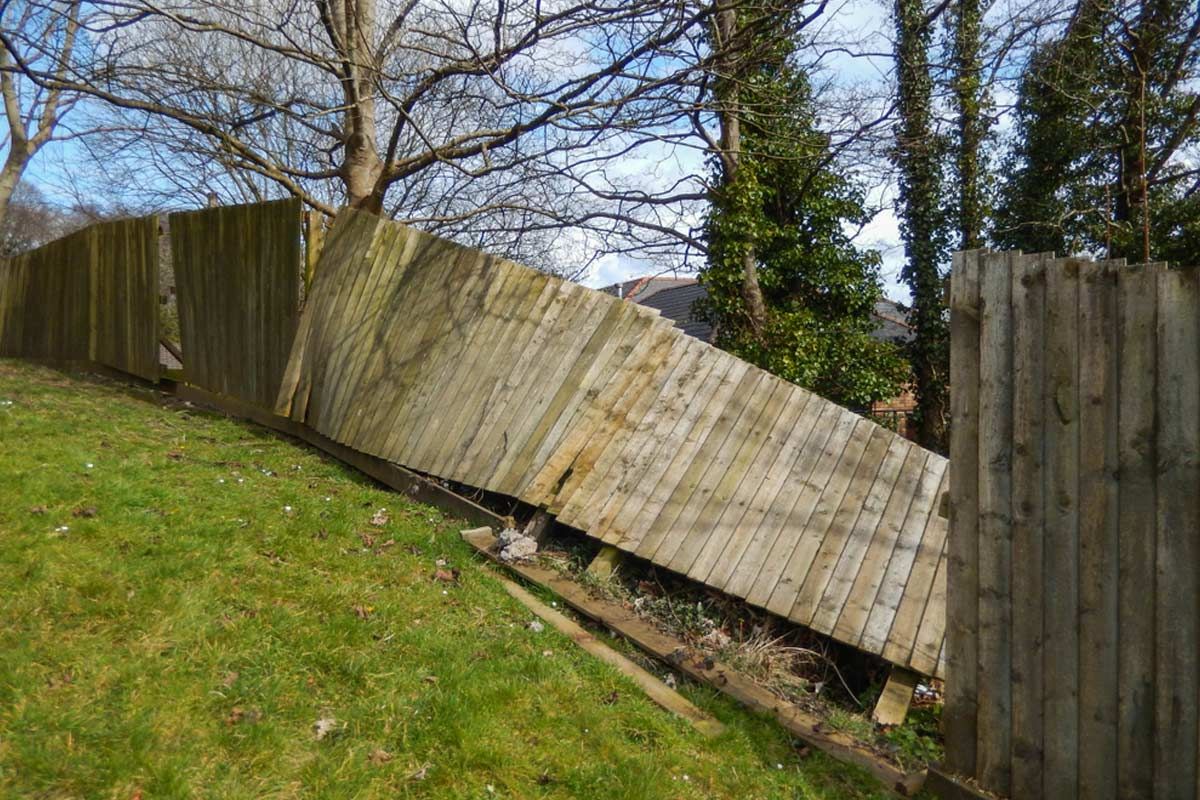
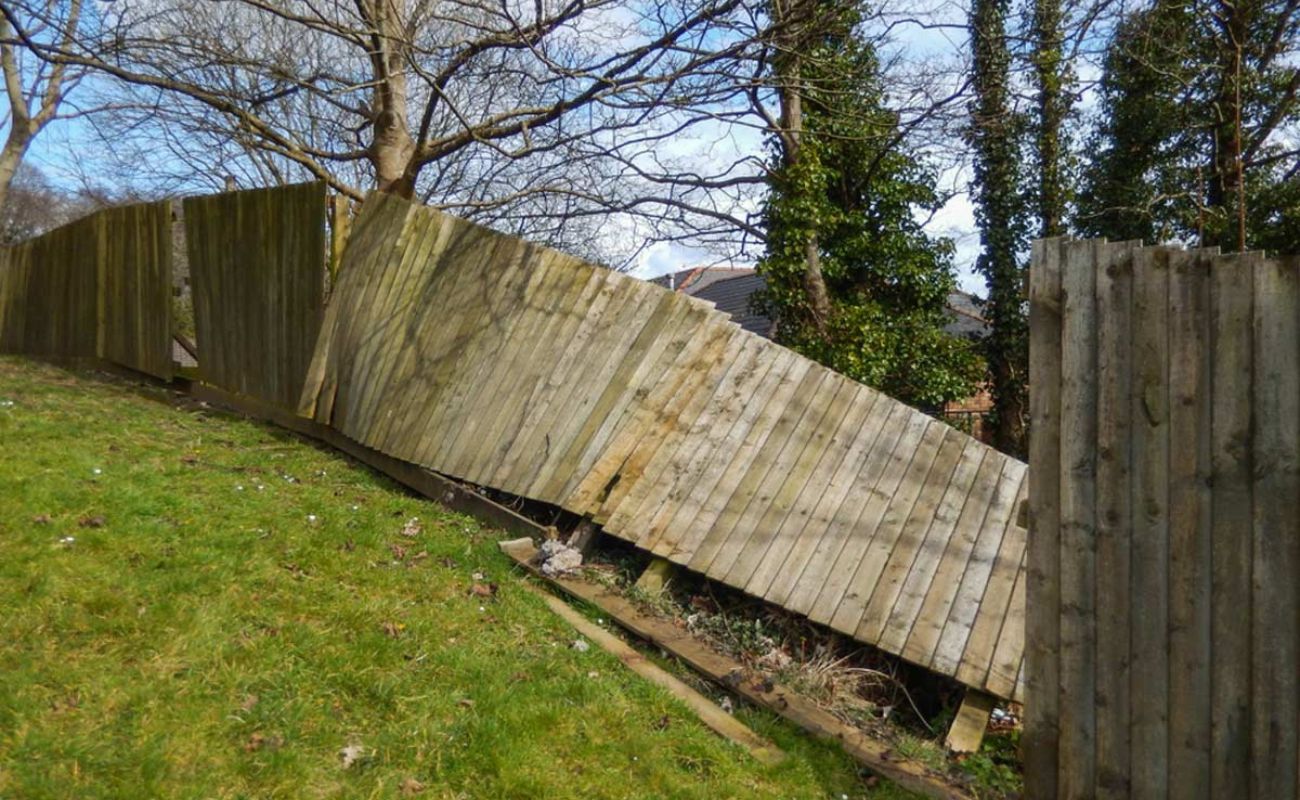
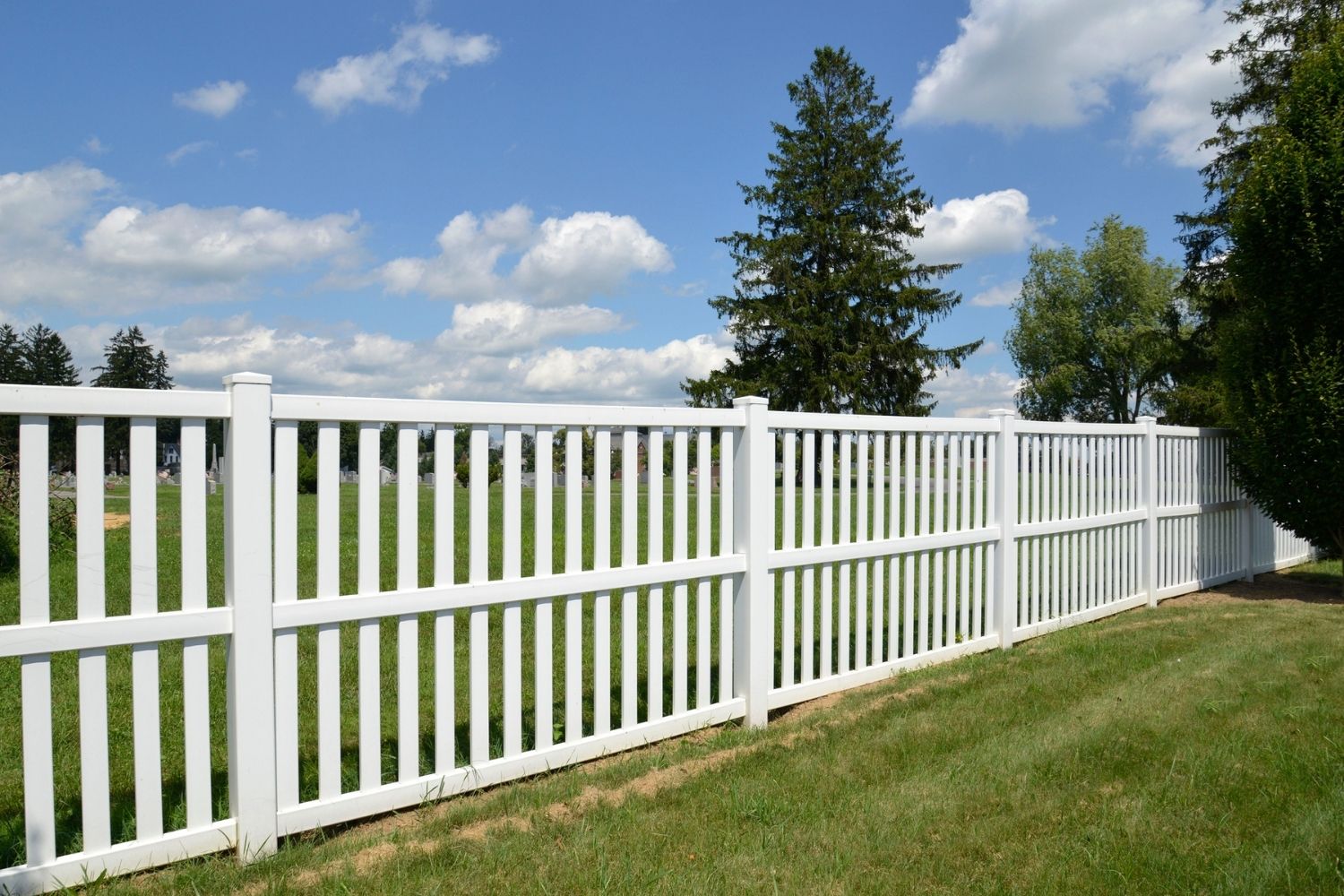
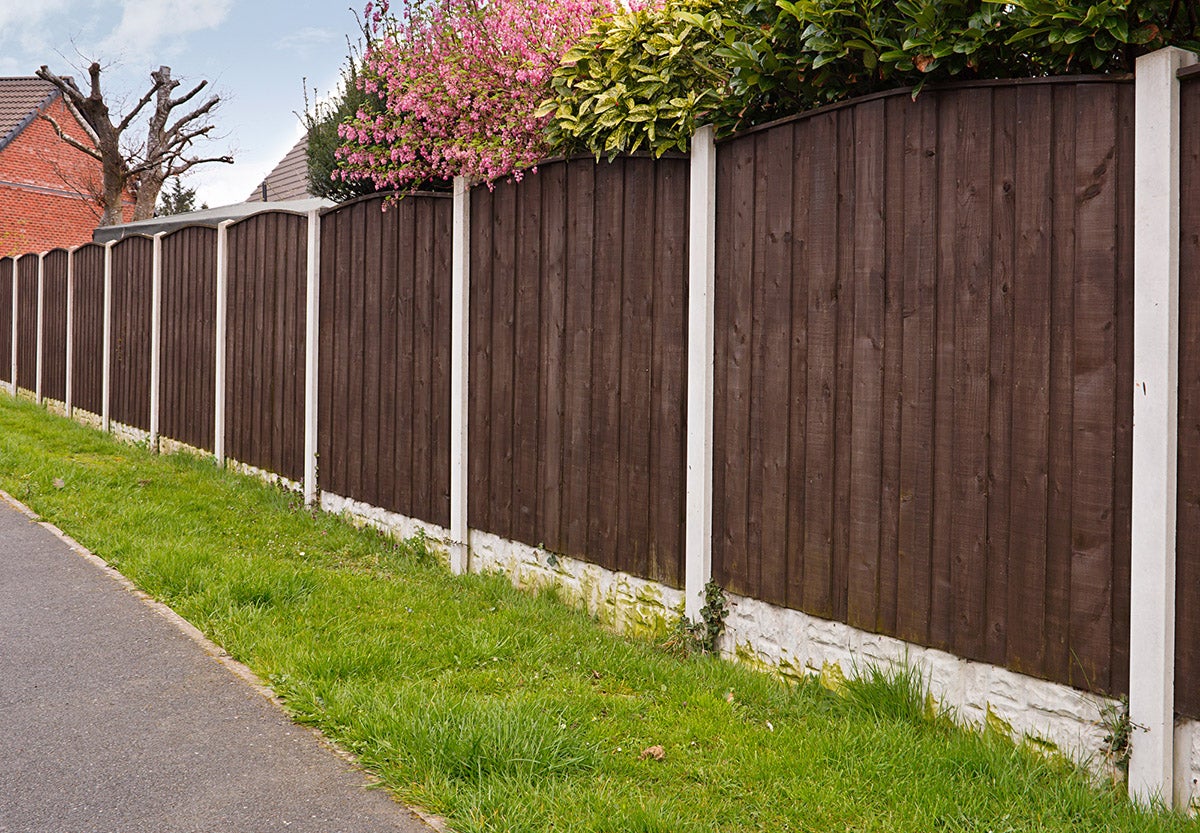
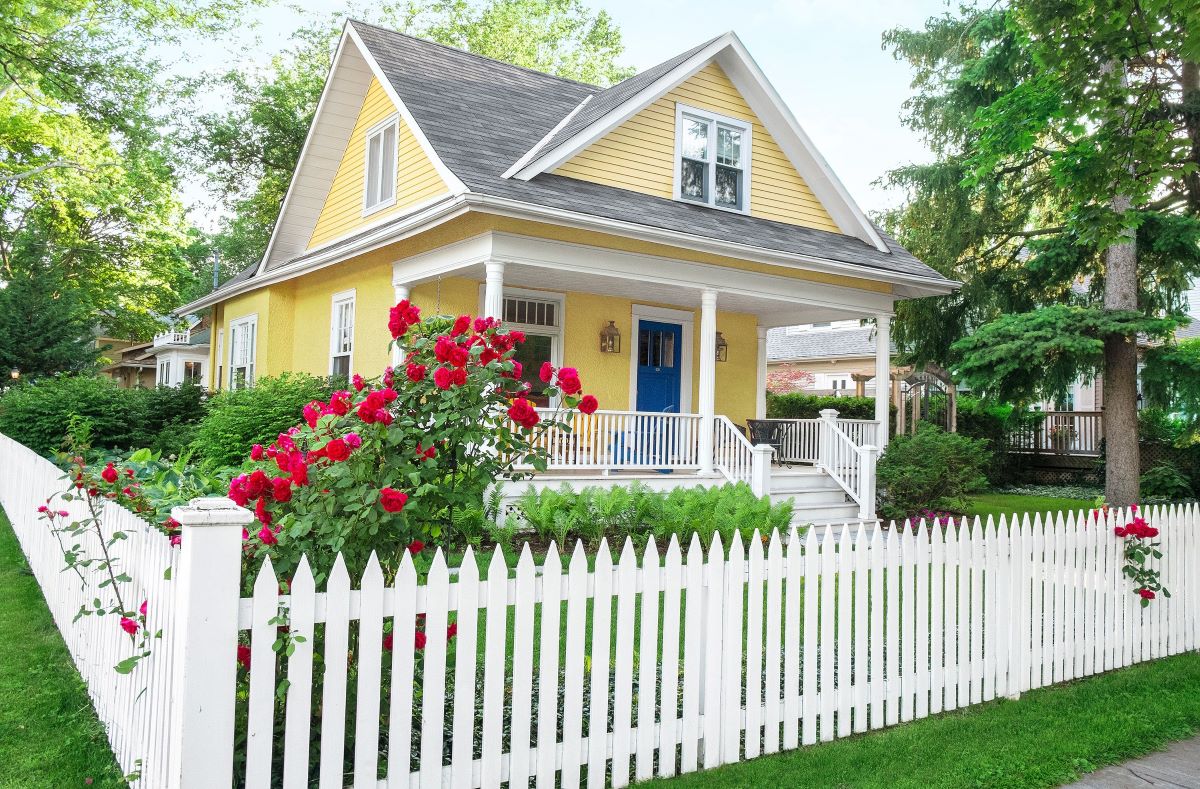
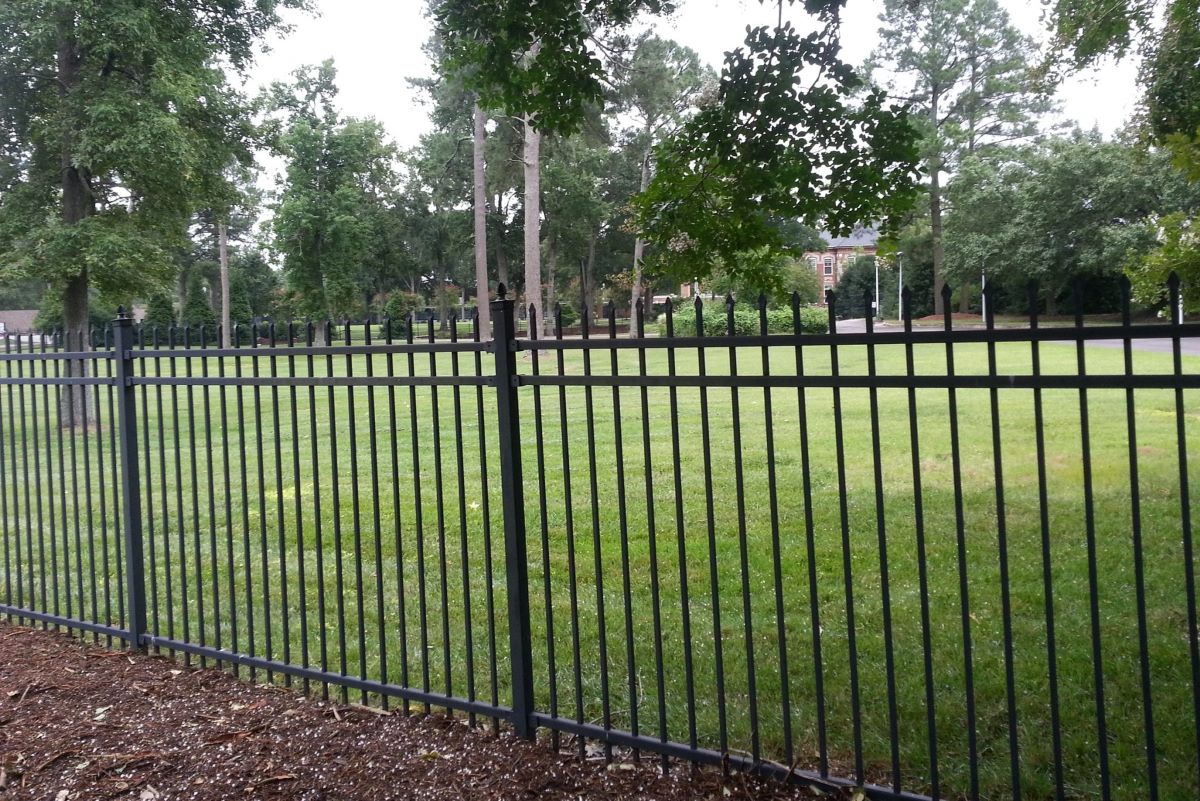
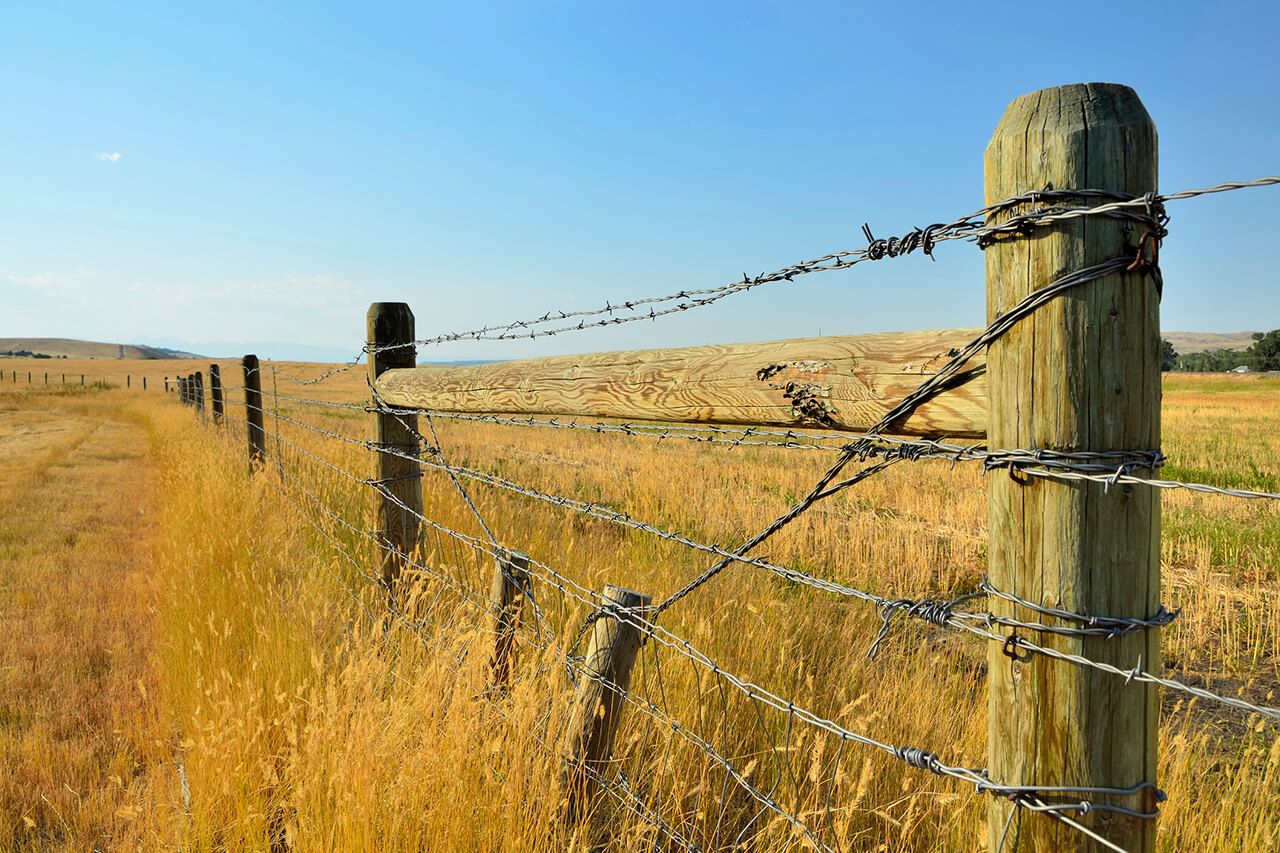
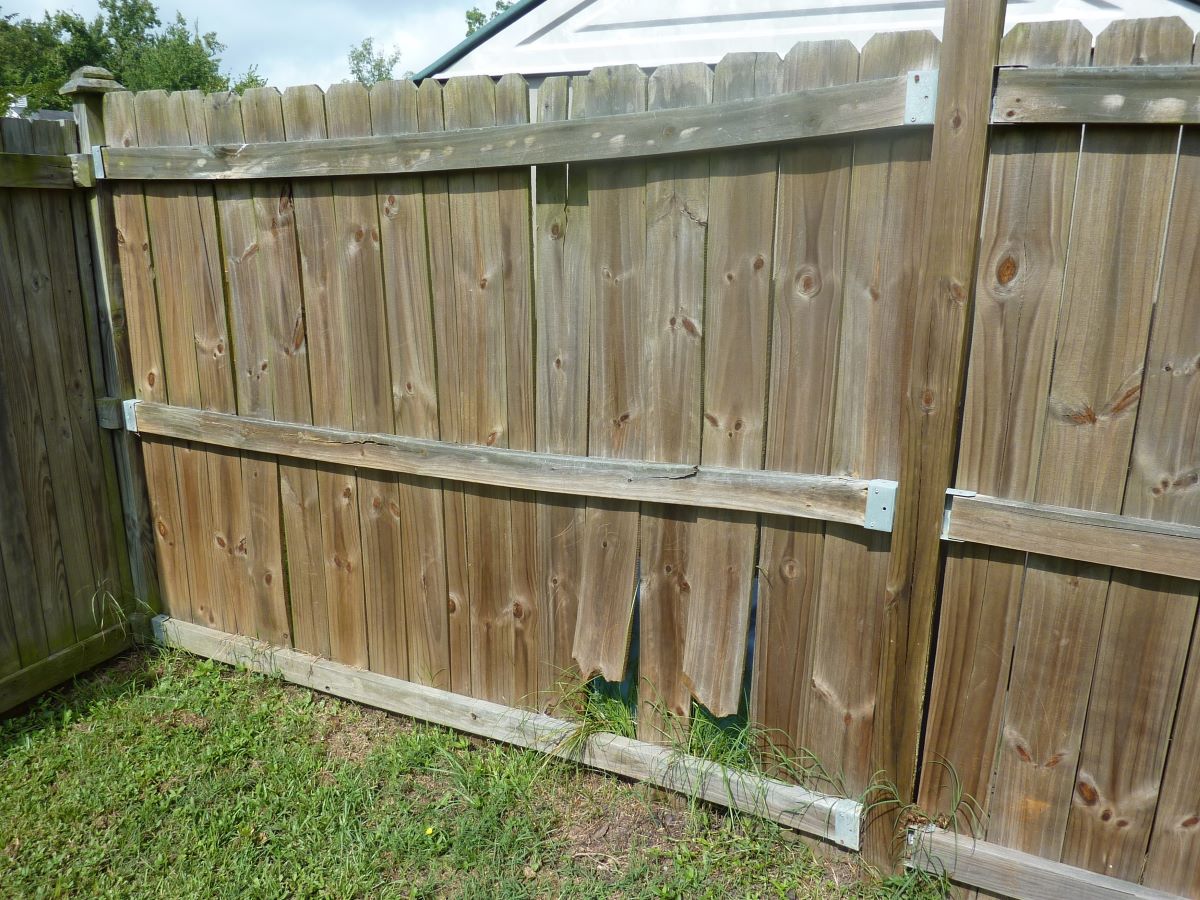
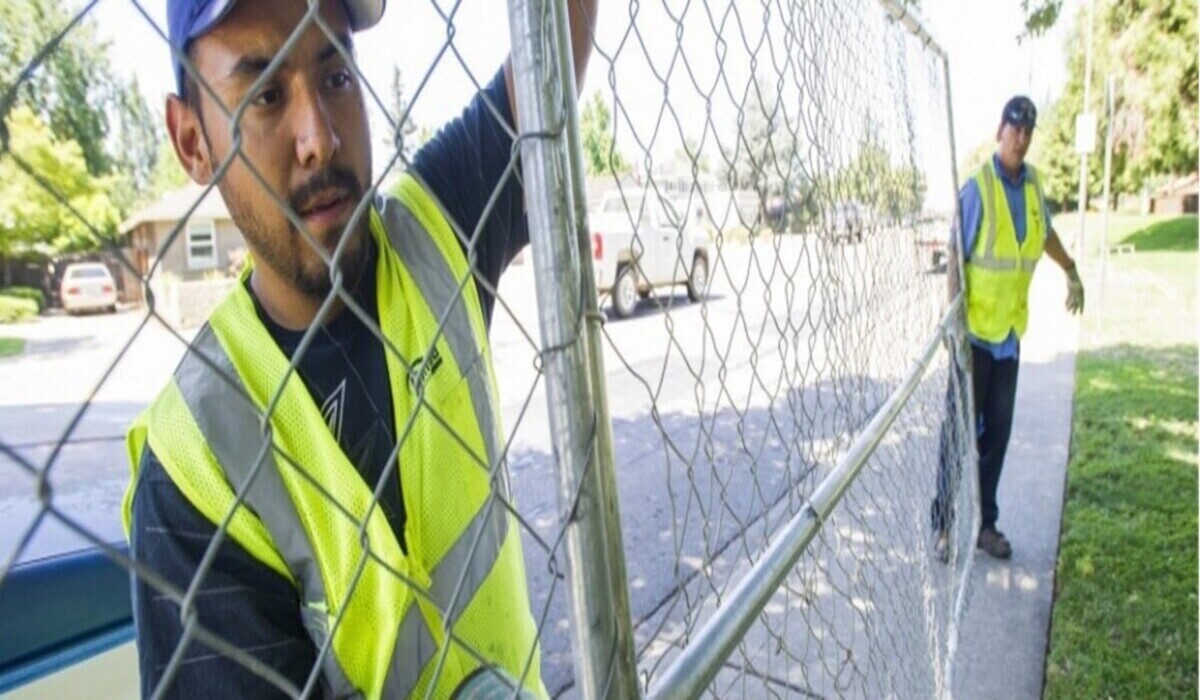
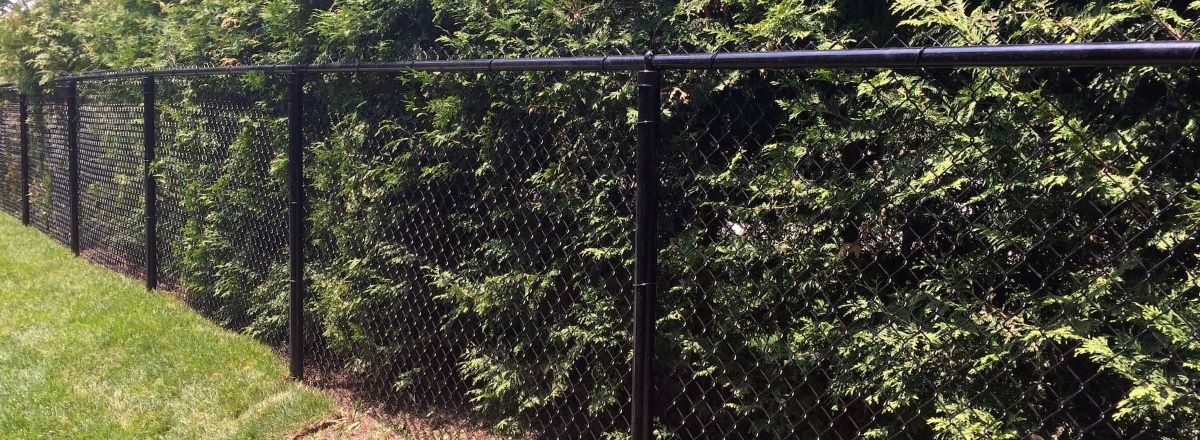
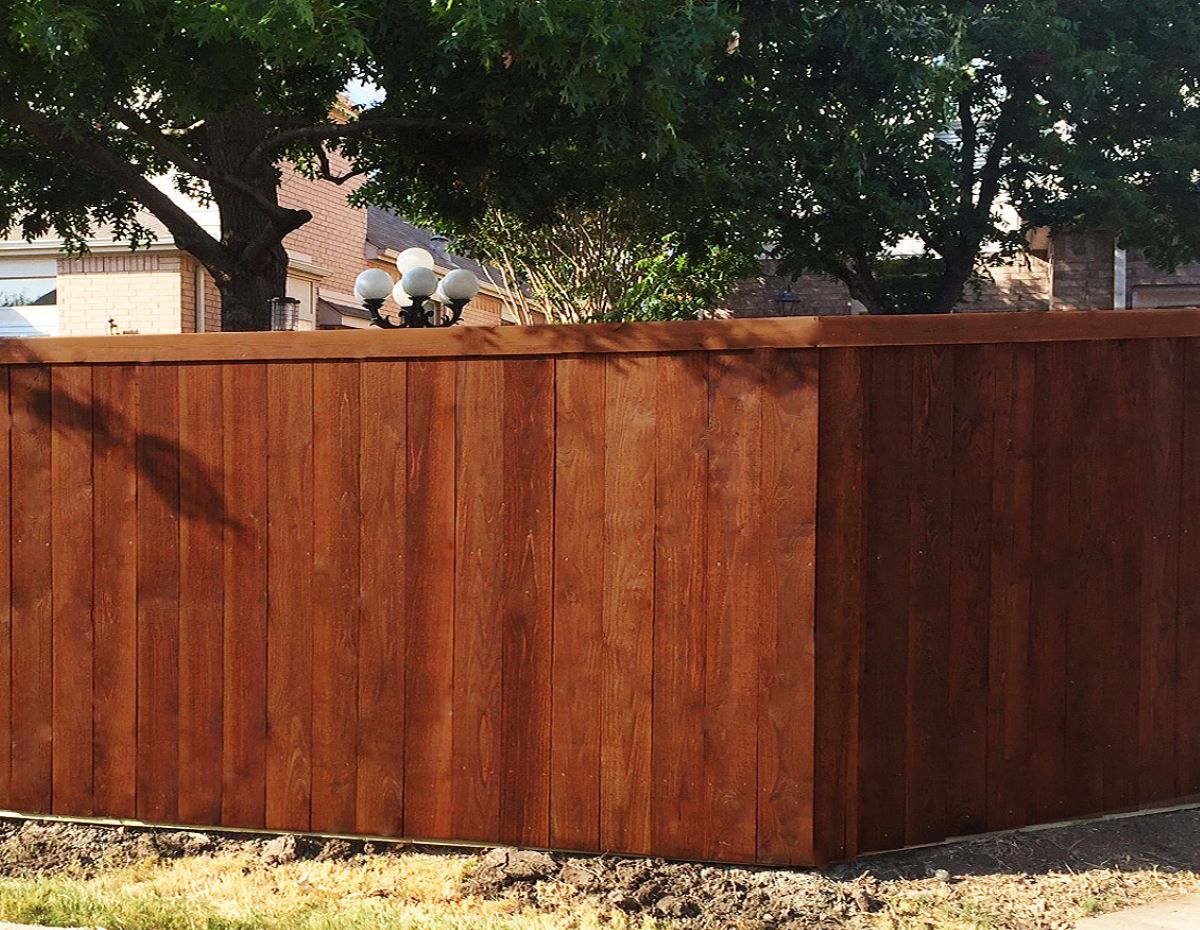

0 thoughts on “How Much Does It Cost To Fence In Your Yard”